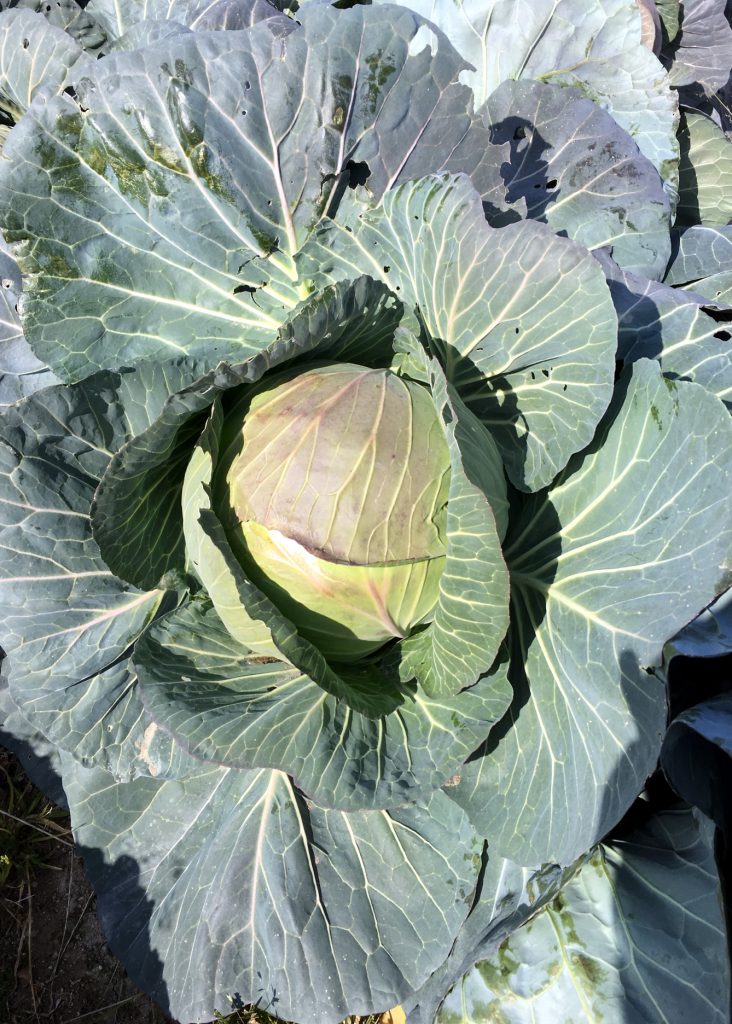
In the field where the frost has cleared, cabbages are lined up as far as the eye can see. Each cabbage, with its thick and large leaves, is tightly wrapped layer upon layer. Winter cabbage is characterized by its densely packed leaves, and the leaves are fleshy. When eaten raw, it has a firm and crunchy texture, and when cooked, its sweetness intensifies. This cabbage, native to Europe, is one of the oldest vegetables consumed since ancient Greek and Roman times. The wild variety did not form heads as it does now, but records from the 13th century in England mention cabbage forming heads. Introduced to Japan in 1709 by the Dutch in Nagasaki, it was initially cultivated as an ornamental plant known as “Habotan.” It wasn’t until the Meiji era that it became widely cultivated as a food crop, thanks to the introduction of heading cabbage. In ancient Rome and Greece, cabbage was consumed for its digestive health benefits. Today, there is still a digestive medicine called “Cabbagein,” derived from compounds extracted from cabbage.
霜が晴れた畑にはキャベツが一面に並んでいます。どのキャベツも厚くて大きな葉で十重二十重に包まれています。冬キャベツは、葉と葉の間がギュッと詰まっていて、葉は肉厚であるのが特徴です。固めで生で食べてもシャキシャキとした食感があり、加熱すると甘みが増します。このキャベツ、ヨーロッパ原産で、古代ギリシャ・ローマの時代から食べられていた最古の野菜のひとつです。野生種は現在のように結球した野菜ではありませんでしたが、13世紀にはイギリスで結球したキャベツの記録が残されています。日本には1709年にオランダ人によって長崎にもたらされましたが、主に葉牡丹として観賞用に栽培されていました。本格的に食用野菜として栽培されるようになったのは、結球性のキャベツがもたらされた明治時代以降です。古代ローマ・ギリシャでは胃腸の調子を整える健康食としてキャベツを食べていたそうですが、今でもキャベツから抽出した成分でできた「キャベジン」と言う胃腸薬があります。
